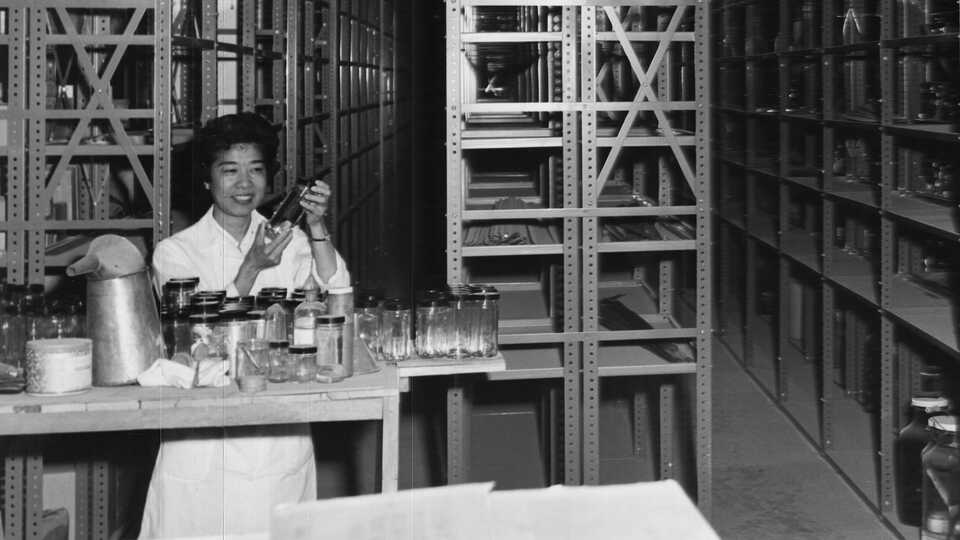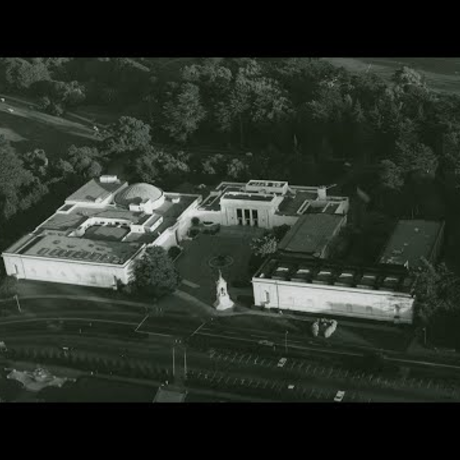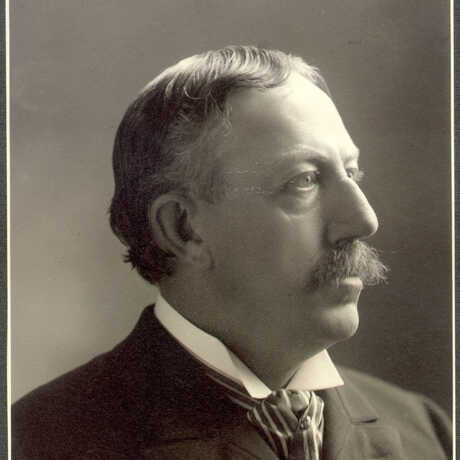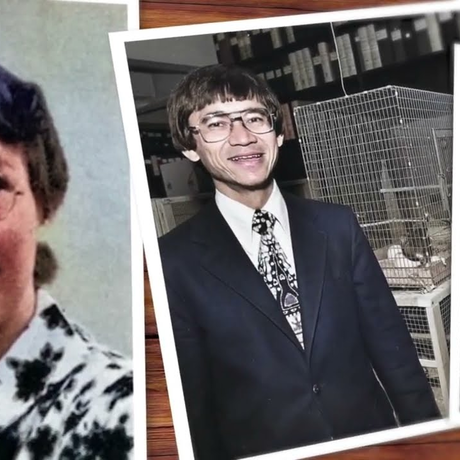Sonoda came to the California Academy of Sciences in 1967 to become a senior curatorial assistant in the ichthyology department. Bradbury had moved to the Bay Area in 1963 to become an assistant professor of biology at San Francisco State University. The pair lived together in Daly City and later bought a home in Pacifica together, where they were known as gracious hosts.
As a senior curatorial assistant, Sonoda was responsible for managing thousands of fish specimens, facilitating loans and visits, and keeping order in the ichthyology collections. Her work often entailed writing letters of correspondence to facilitate loans and answer curatorial questions. When scholars requested copies of a journal, they often began their letters with "Dear Sirs" or "Dear Gentlemen." In her replies, Sonoda often signed off with “(Miss) Pearl Sonoda,” emphasizing the "Miss" in response to these assumptions of her gender. "She was a strong person, a real strong person," remembers Tom Tucker, curator of aquatic biology.
She authored two publications during her time at the Academy, Woods and Sonoda (1973) and Nelson and Sonoda (1987). Like in Chicago, she served on the San Francisco committee for ASIH meetings in 1989. As a testament to her ingenuity, Sonoda maintained an aquarium that required no filtration or heater—the plants she selected for it made it a fully functioning ecosystem right on her desk.
Not only did Sonoda perform her duties with effectiveness, she brought joy to her department. She planned social activities like birthday parties, lunches, and coffee breaks. She also would set out jigsaw puzzles on the ichthyology library table for the staff to work on during breaks. In addition to caring for the ichthyology library, Sonoda always kept candy on hand for eating while reading. She was, in the words of David Catania, senior collections manager, ichthyology, the "sweetest lady you've ever known." Sonoda retired from the Academy in 1995, after nearly thirty years of service.



